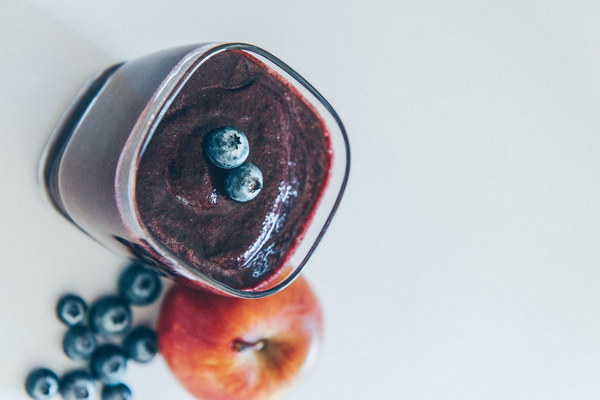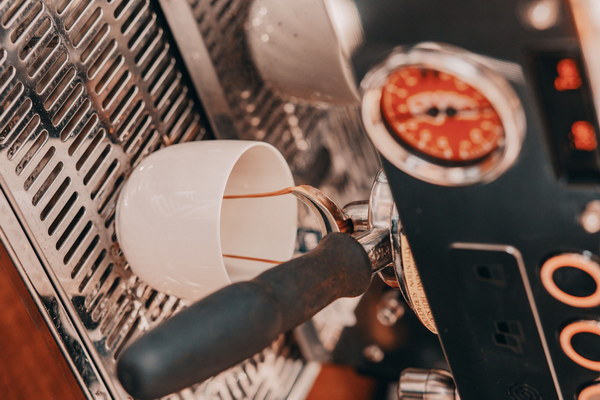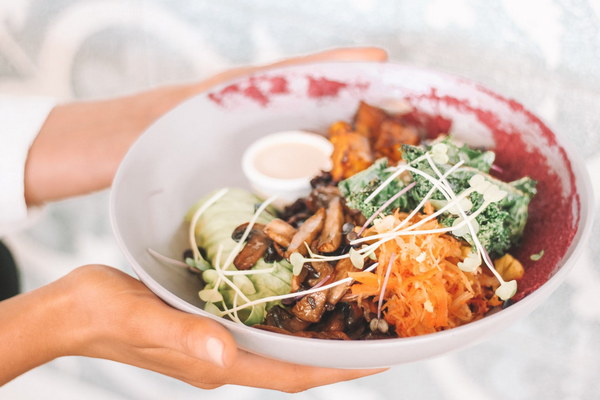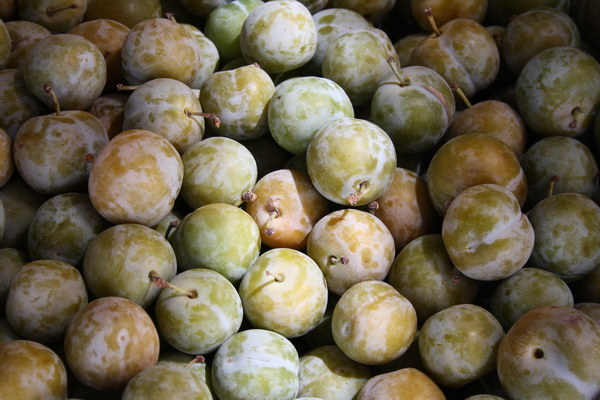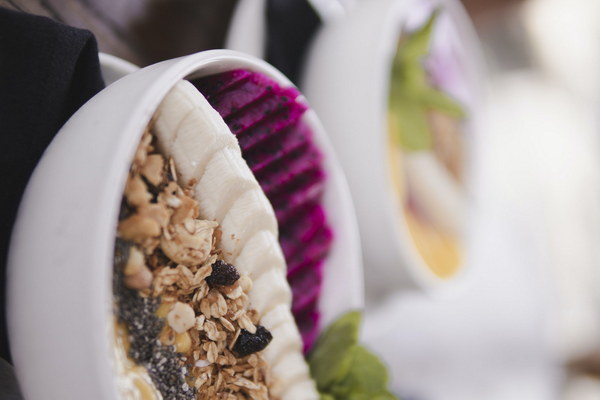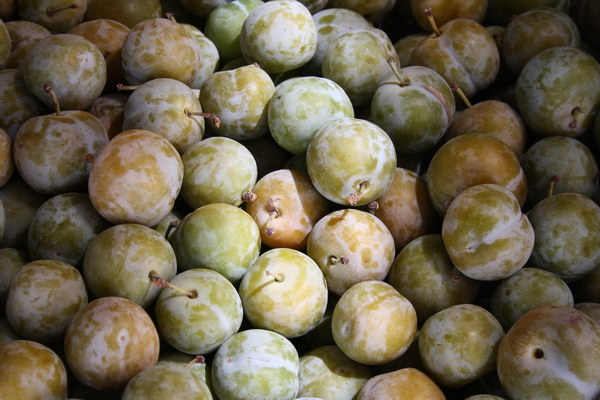Determining the Pricing for Moxibustion Health Preservation A Comprehensive Guide
Moxibustion, an ancient Chinese therapeutic technique, has gained immense popularity in recent years for its health benefits. As more individuals seek out this traditional practice, determining the pricing for moxibustion sessions becomes a crucial aspect for both practitioners and clients. This article aims to provide a comprehensive guide on how to set prices for moxibustion health preservation services.
1. Research and analyze the market
Before setting prices for your moxibustion services, it is essential to research and analyze the market. This includes:
a. Understanding the competition: Identify similar moxibustion centers or practitioners in your area and gather information about their pricing structures. This will help you determine your competitive edge and set a price that is both attractive and profitable.
b. Assessing demand: Evaluate the demand for moxibustion in your target market. Consider factors such as population size, cultural preferences, and health trends. This will help you understand the potential market for your services.
2. Calculate your costs
To ensure profitability, you must consider the costs associated with providing moxibustion services. These costs may include:
a. Rent: The cost of your practice space, if applicable.
b. Utilities: Electricity, water, and other necessary utilities for your practice.
c. Moxa materials: The cost of moxa sticks, herbs, and other materials required for the treatment.
d. Marketing and advertising: Expenses related to promoting your moxibustion services.
e. Insurance: Any insurance coverage required for your practice.
f. Salaries: If you have staff or assistants, consider their wages.
Once you have identified these costs, add them up to determine your total operational expenses.
3. Consider your expertise and experience
Your expertise and experience in moxibustion can significantly impact the pricing of your services. As a more experienced practitioner, you can charge higher prices due to your specialized knowledge and skills. Conversely, newer practitioners may offer competitive rates to attract clients and build a reputation.
4. Determine your pricing strategy
Now that you have a clear understanding of your costs and market conditions, it is time to choose a pricing strategy:
a. Cost-plus pricing: Add a markup percentage to your total costs to determine your price. This method ensures profitability but may not be as competitive as other pricing strategies.
b. Value-based pricing: Set prices based on the perceived value of your services to clients. This method can be more profitable but requires a thorough understanding of your target market's needs and preferences.
c. Competitive pricing: Set your prices based on the market rates of similar moxibustion services. This strategy is more competitive but may result in lower profit margins.
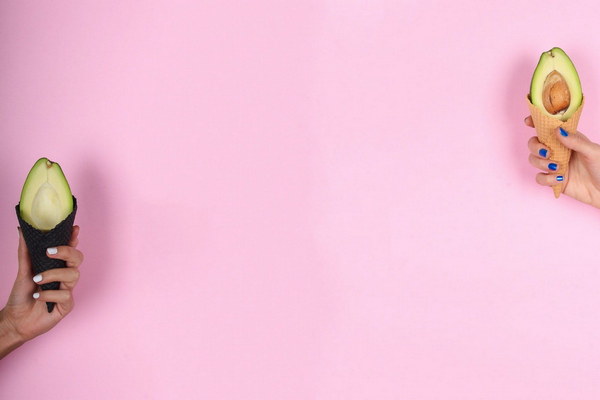
5. Factor in additional services
If you offer additional services such as herbal remedies, acupuncture, or other complementary therapies, consider including these in your pricing. This can provide added value to your clients and increase your overall revenue.
6. Communicate your pricing clearly
When setting prices for your moxibustion services, ensure that your pricing structure is clear and transparent. This includes:
a. Displaying pricing information on your website and marketing materials.
b. Offering different packages or session lengths to cater to various budgets and needs.
c. Providing detailed explanations of what is included in each pricing tier.
In conclusion, determining the pricing for moxibustion health preservation services involves a careful balance between market conditions, costs, and value. By conducting thorough research, calculating your expenses, and considering your expertise and experience, you can develop a pricing strategy that is both competitive and profitable. Remember to communicate your pricing clearly to clients, ensuring they understand the value they are receiving for their investment in their health.

